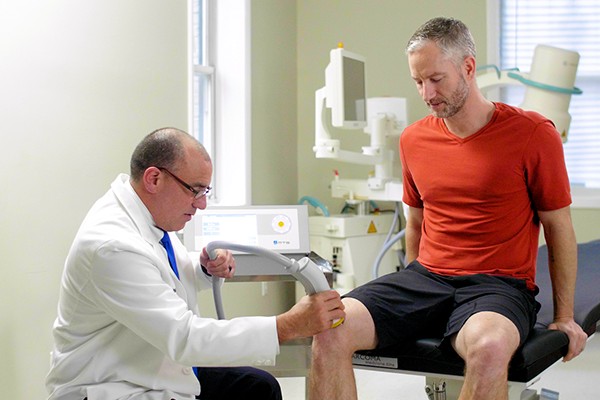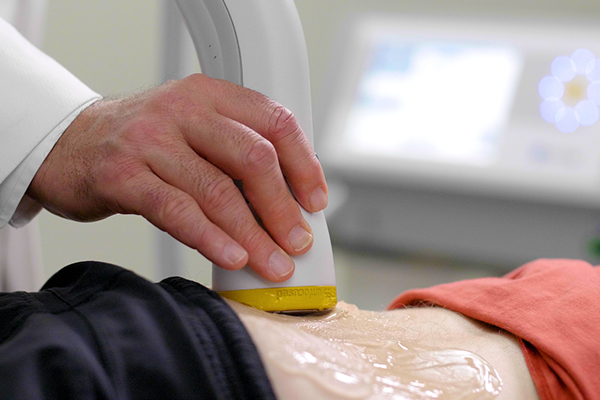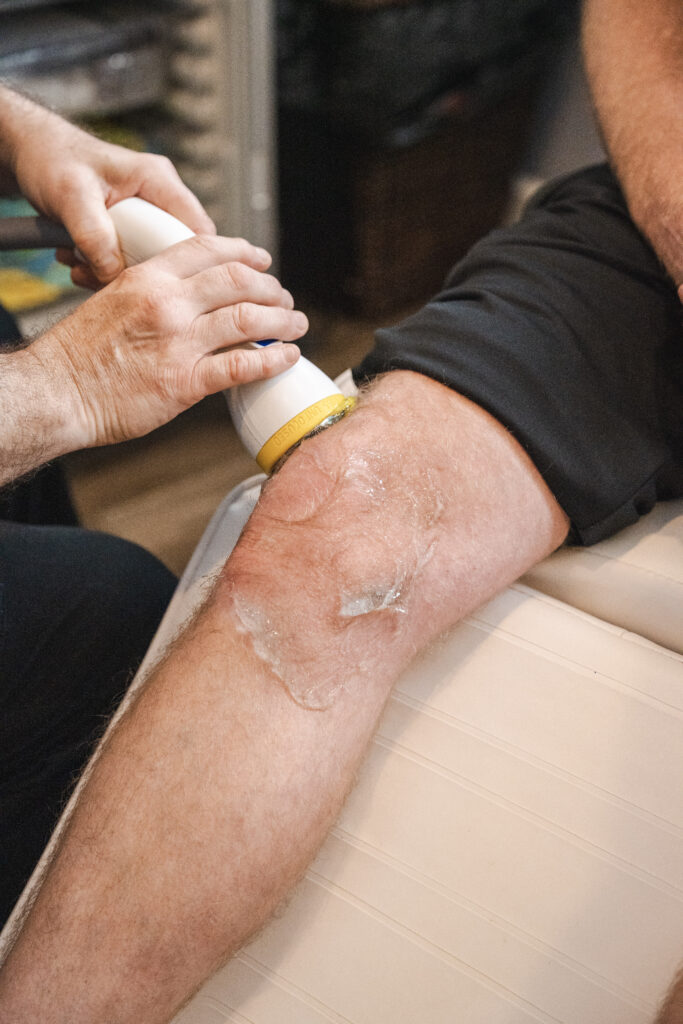Shockwave therapy has been used for decades in the medical field for a variety of health conditions and treatment plans. This type of non-invasive treatment is considered a safe and effective treatment option for many issues, including chronic pain. The only other side effects people report after shockwave therapy include mild discomfort or soreness after treatment. Some people note that this feels like a dull tingling or throbbing sensation that goes away on its own.
These types of experiences after shockwave therapy are considered normal and typically short-lived. You should always talk to your doctor if you have any questions or concerns about your treatment and what to expect in terms of pain, soreness, and relief.
Shockwave Therapy Aftercare: What to Do and What to Avoid After Shockwave Treatment
Shockwave therapy treatment takes only a short period of time and the recovery period is mild, especially compared to other more invasive treatment options. After shockwave therapy, your doctor may recommend you drink lots of water and stay hydrated.
While you can certainly rest after a shockwave therapy treatment session, you also do not have to avoid daily activities or routines. Part of the body’s natural healing process is promoting a healthy flow of blood and oxygen to the damaged or affected areas, so moving around and getting your heart rate up certainly won’t impede the healing process. Furthermore, your doctor may also recommend specific activities to engage in that may help support the healing process, like physical therapy for injury recovery.
If there are specific activities you should avoid after shockwave therapy treatment, your doctor will talk to you about those. In general, you can go about your regular routines and may just need to avoid strenuous activity immediately after treatment.
Book an Appointment with SoftWave Today
SoftWave therapy is an advancement of shockwave therapy using innovative tissue regeneration technologies that result in little to no side effects. When you get SoftWave therapy for your shockwave treatment, you may not have any side effects or notice any pain or discomfort after the treatment. In fact, many people who get SoftWave therapy get to enjoy a short treatment time, a quick recovery, and long-lasting results.
If you’ve been considering shockwave therapy, experience the SoftWave difference for yourself:
- Effective, trusted, and proven to provide lasting relief
- Can take as few as 10-15 minutes per therapy session
- Does not require any anesthesia or numbing agents
- Can produce results faster than with other, more traditional, or more invasive treatment techniques
- Patients report little to no discomfort during treatment. The tingling or pulsing sensation typically lasts for just a few seconds, and patients of all ages tend to tolerate this type of treatment very well.
With multiple locations and available healthcare practitioners across the nation, you can easily find a SoftWave Clinic near you. Get started today and experience the SoftWave difference for yourself!






